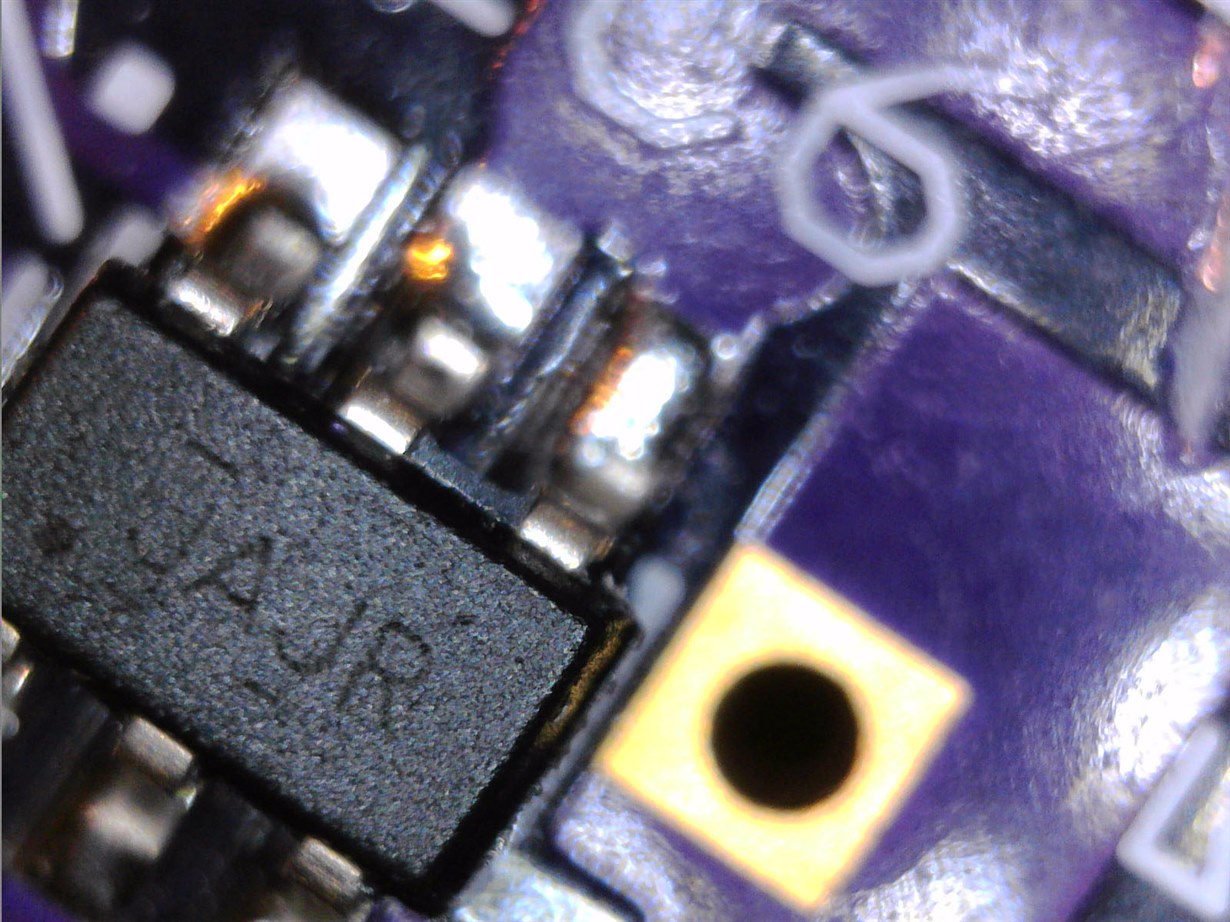Other Parts Discussed in Thread: TS5A3159, , TMUX1102, SN74LVC1T45
I am using the TS5A3159 as a switch to test battery voltage and found that the device is drawing excessive current. Please see the attached schematic showing the application.
My understanding is that the device could be operated from a 3 to 4.5v V+ voltage and that the current would be less than 500namp. In my application using 3 AA batteries the device is drawing ~600uamp.
I cut the device out of my circuit and the total current dropped from ~630uamp to ~30uamp. I then tested the current required by the device and found the following:
3.4V ~ 0uamp, 3.6v ~0uamp, 4.0v ~35uamp, 4.2v ~ 150uamp, 4.5v ~600uamp, 4.7v ~990uamp.
The switch works perfectly as a Battery Test Switch in this circuit, but it cannot be used if it is going to drain the battery.
Please help me understand if I have made a mistake in understanding the device specification. Thanks for your support.


